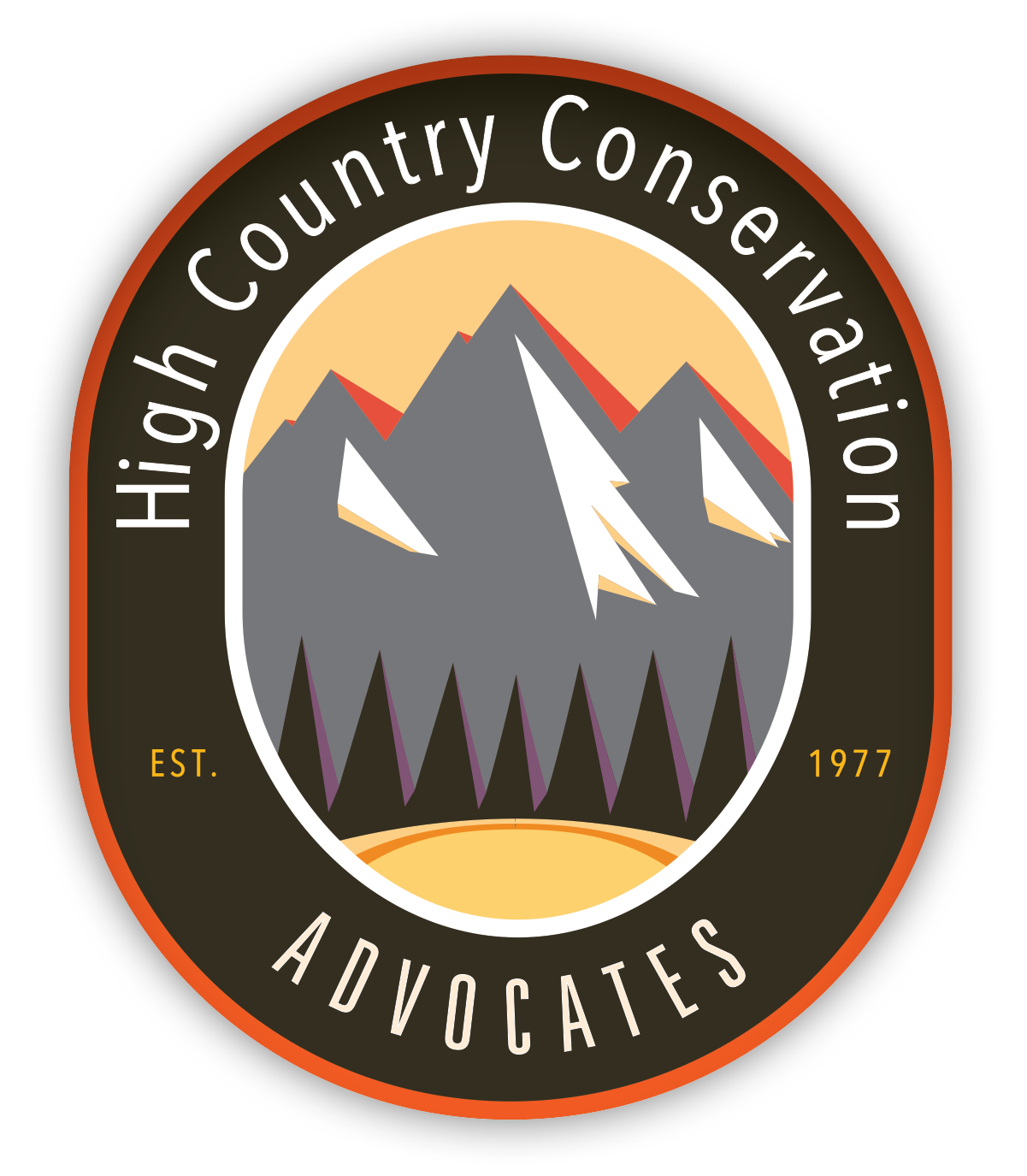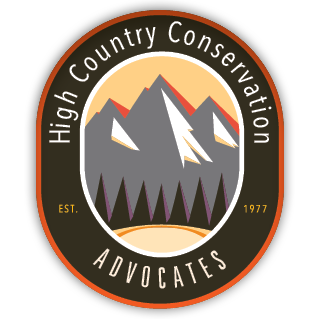

Highlighting Important Environmental Decisions: West Virginia v. EPA
On June 30, 2022, the U.S. Supreme Court decided the case of West Virginia v. EPA, restricting the Environmental Protection Agency’s (EPA) power to limit carbon emissions from power plants.

Outstanding Waters Designated in the Gunnison Basin
Statewide collaboration makes preservation possible.

Highlighting Important Environmental Decisions: Massachusetts v. EPA
In 2007, the U.S. Supreme Court decided the impactful case of Massachusetts v. Environmental Protection Agency. The Court acknowledged that climate change was real and was already causing harm.
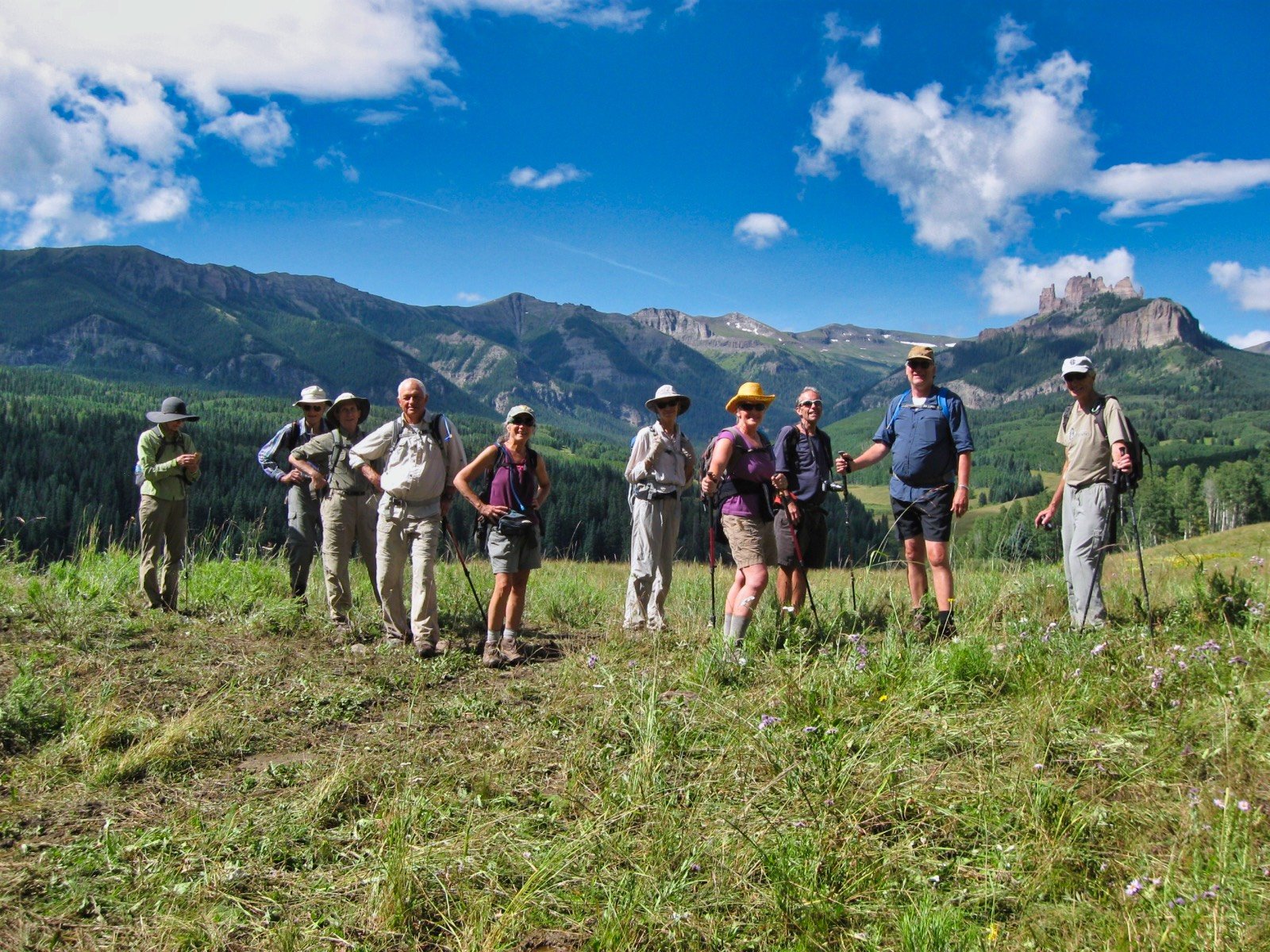
2022 HCCA Hikes Schedule
2022 marks the 30th anniversary year of our ever-popular Don Baker Legacy Hikes. We have continued our hikes in Don’s honor since his passing in 2010, with HCCA board member Sue Navy leading the weekly adventures. We invite you to help us celebrate our 30th season!
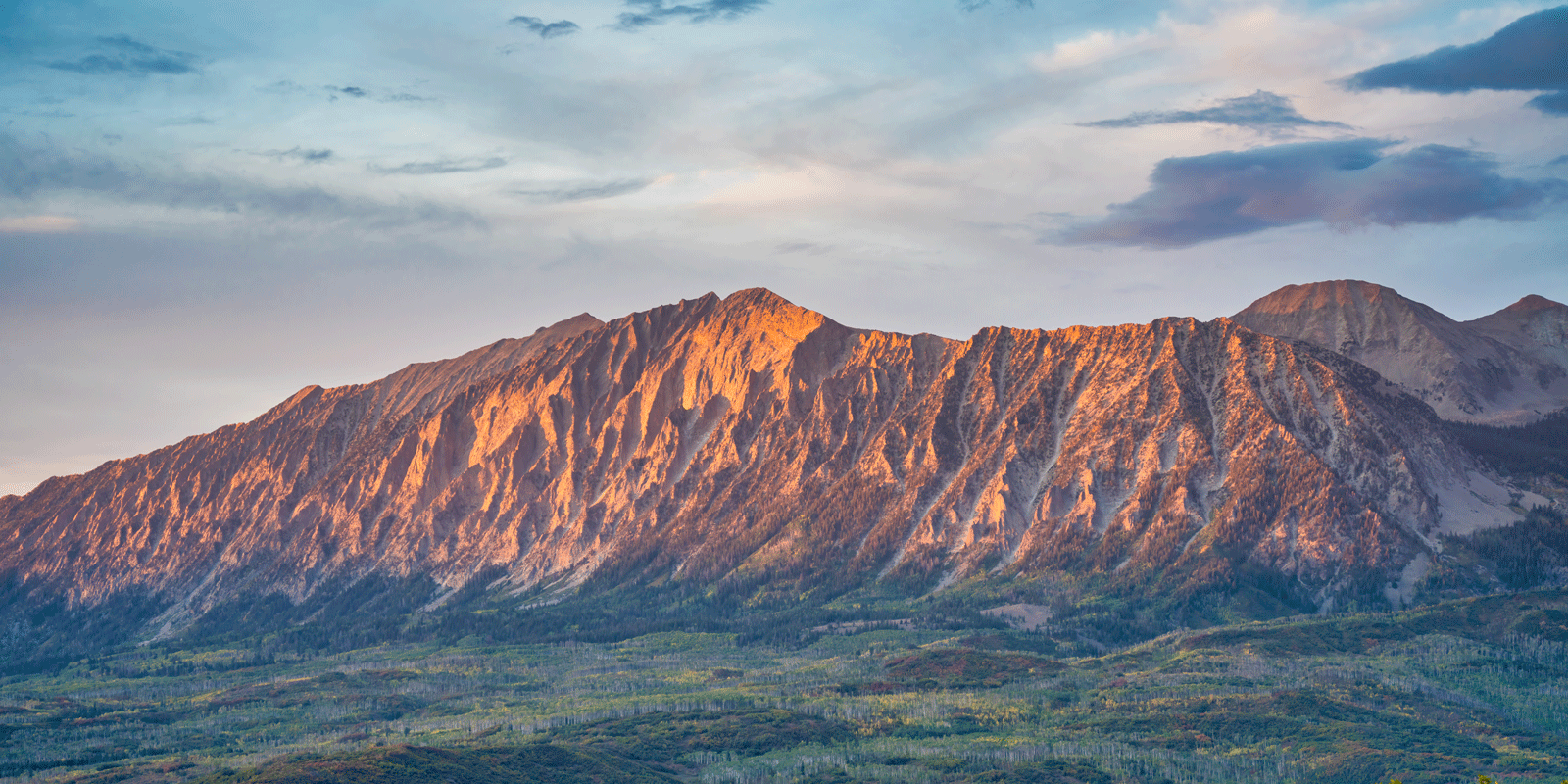
Federal Judge Stops 35,000-Acre Fracking Plan in Western Colorado
A U.S. District Court judge today vacated a federal plan that allowed fracking across 35,000 acres of Colorado’s Western Slope.
The North Fork Mancos Master Development Plan would have allowed 35 new fracking wells in the North Fork Valley and Thompson Divide areas of the Grand Mesa, Uncompahgre and Gunnison national forests that provide habitat for elk, black bear and the imperiled Canada lynx and drinking water for downstream communities. Judge Marcia K. Krieger’s order prevents new drilling and fracking in the area.

Outstanding Waters in the Gunnison Basin
After two years of coordinated sampling events and data
collection, our Southwest Colorado Outstanding Waters Coalition
has submitted our proposal to designate 25 creeks in the
Gunnison and San Juan basins as outstanding waters.

Early Spring Public Lands Update
Spring is ramping up here in the high country, and with the promise of warmer weather I’m sorting camping gear, dusting off the lenses of my birding binoculars, and planning for summer public lands adventures. But in the meantime, I wanted to provide you with some updates and upcoming opportunities concerning our public lands.
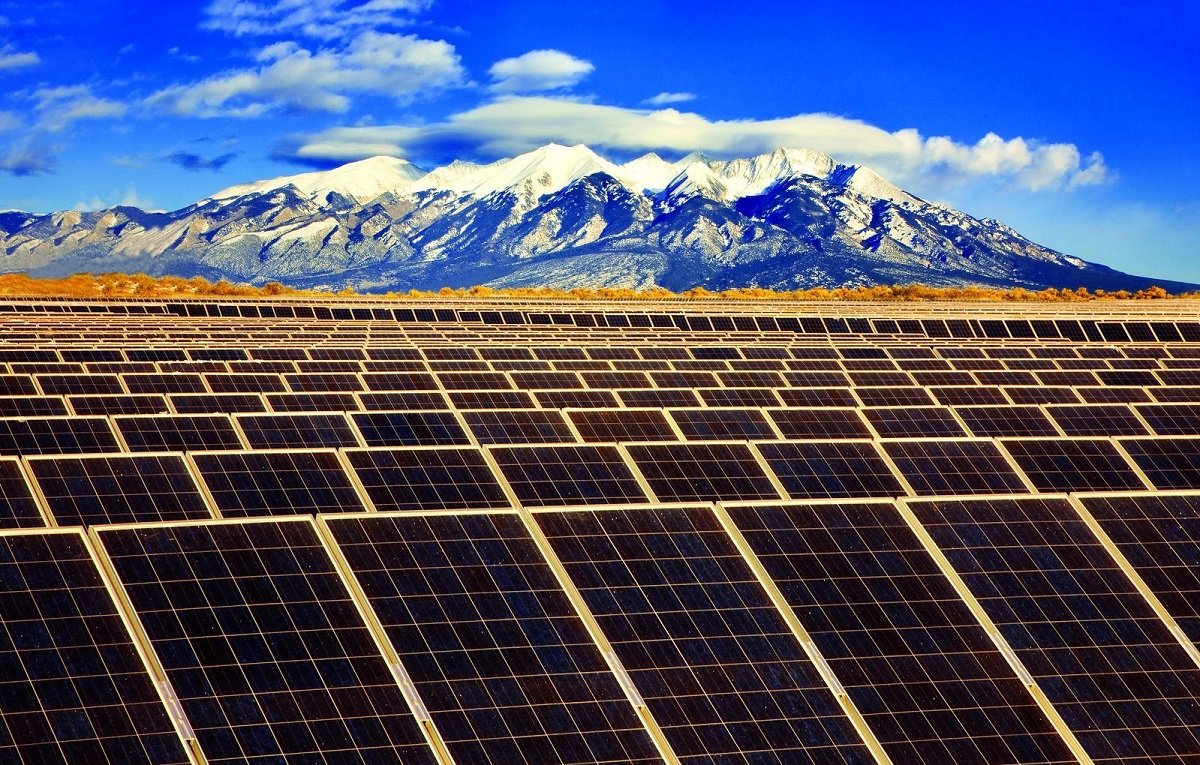
Delta County rejects solar proposal that would generate millions in tax revenue
On March 2, the Republican-controlled Delta County Board of Commissioners rejected a proposed 80-megawatt solar project on private land that would have supplied the Delta-Montrose Electric Association with renewable energy. The 472-acre solar farm, creating enough local energy to power 18,000 homes annually, also would have generated an estimated $13 million in tax revenue over 15 years. This baffling decision was unsupported by law or fact, and flies in the face of energy independence, local control, private property rights, and other of their touted principles.

17TH ANNUAL BACKCOUNTRY FILM FESTIVAL COMES TO CRESTED BUTTE!
Calling all “go big or go home” winter enthusiasts! Get ready to get goosebumps while you “Ooh!” and “Ahh!” at the impact and importance of our winter wildlands through this collection of short films. The fifteenth annual Winter Wildlands Alliance Backcountry Film Festival will show in Crested Butte on Wednesday, March 23rd at online. All proceeds will benefit HCCA’s Save Red Lady campaign.
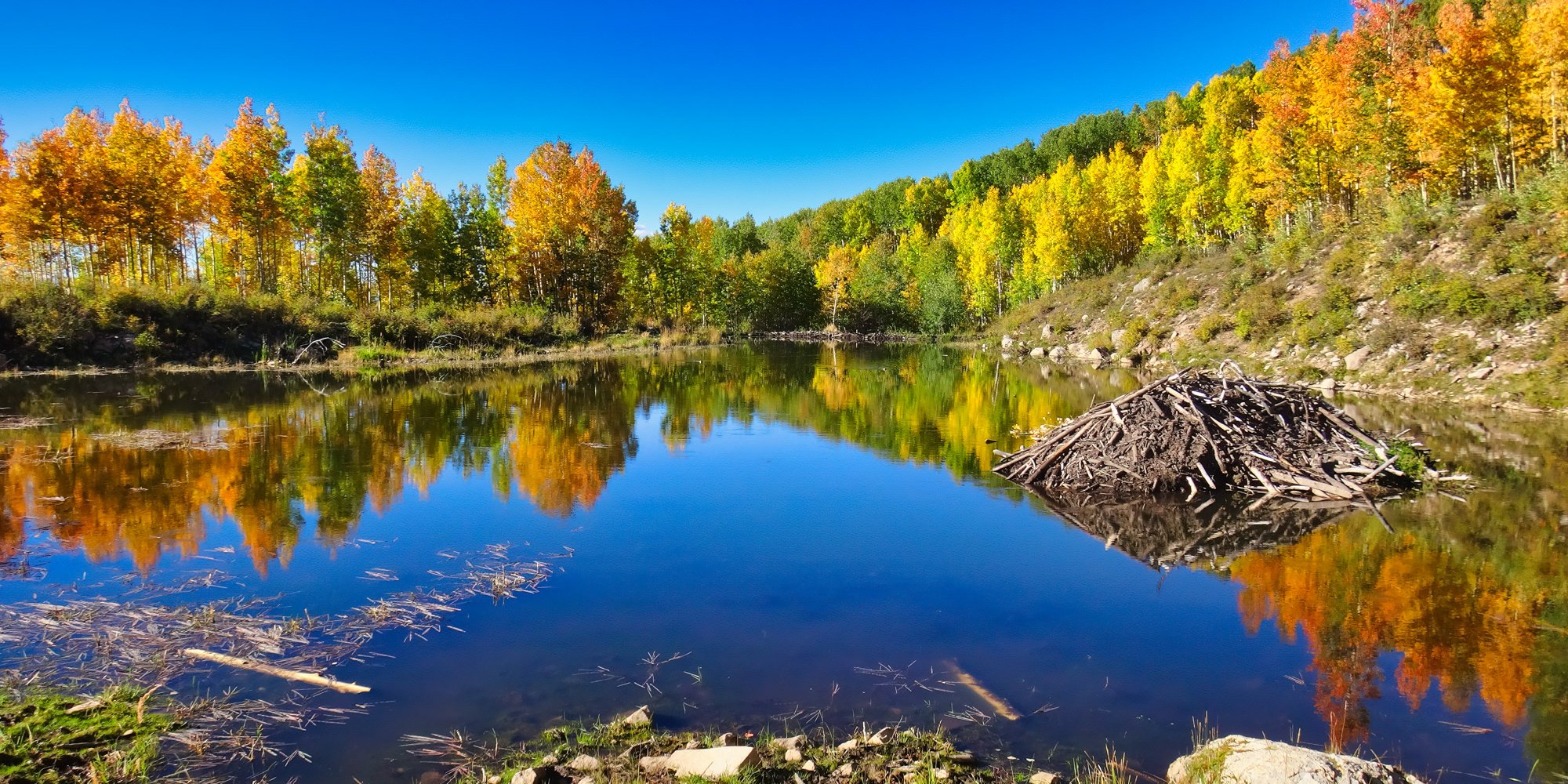
HCCA’s West Elk Coal Mine Advocacy Succeeds
As you may recall, in 2020 Mountain Coal Co. bulldozed a road into the Sunset Roadless Area to facilitate mine expansion, resulting in (amongst other things) a State-issued Cessation Order. On January 12, 2022, the Colorado Division of Reclamation, Mining, and Safety (DRMS) lifted that Cessation Order, but at the same time noted that Mountain Coal no longer has approval to construct roads under its state permit! If Mountain Coal sought such approval in the future, it would have to request a technical revision, a process that involves public notice and engagement opportunities

Sargents mine pollution raises worries
A mining company plans to propose that water quality standards on a creek near Sargents be lowered, a move that could allow more radioactive material to enter the Gunnison River watershed.

Coal mine commits to flaring methane under settlement
Mountain Coal Co. has committed to burning off methane and toxic pollutants through flaring at its West Elk Mine in the upper North Fork Valley while it pursues pollution permits, according to a lawsuit settlement approved by a federal judge Tuesday.
The consent decree was approved by U.S. District Judge Raymond P. Moore and requires the company to control its methane and volatile organic compound pollution using flares, and in the meantime, obtain legally required pollution permits, conservation groups said in a news release. The agreement will expire after Mountain Coal, a subsidiary of Arch Resources, complies with the terms of its pollution permits for two years.

Looking for common ground on forest: GMUG poring through thousands of draft plan comments
The Grand Mesa, Uncompahgre and Gunnison National Forests stretch across nine counties, with uses ranging from recreation, to logging, to livestock grazing, to management of vital wildlife habitat.
Start any conversation about how such a sprawling landscape of multiple uses should be managed in future years, and it's bound to be a spirited discussion. Case in point: The U.S. Forest Service's work to revise its GMUG land management plan.

HCCA Thanks You for Helping the Future GMUG National Forest
One of the highlights of our public lands advocacy in 2021 was leading local and regional engagement in the GMUG National Forest Plan revision process. After a long wait, the GMUG’s Draft Forest Plan and Draft Environmental Impact Statement (EIS) were released for public review and comment in August.

Beaver Breaks: How Beavers (and low-tech riparian restoration) Help Reduce Impacts From Fire
Beavers once lived in nearly every watershed in the U.S. Their constant engineering created vast wetlands that provided critically important habitat for a diverse array of wildlife and plant species.
Yet many people regard beavers as a nuisance, since their dams can flood roads and clog irrigation ditches. That mentality—along with extensive trapping that took place prior to modern regulations—led to a marked decline in beaver populations over the past two centuries. Without beavers around, the dams they built washed away, along with the valuable ecosystem services they provided.

Draining the Forests
About half of Western water supply originates on national forest land. But before that water reaches the West’s major cities or great rivers, much of it has already been claimed.

Patagonia Film Screening and Local Clean Energy Discussion
Please join us for a screening of Patagonia’s “We the Power” followed by a discussion with rural cooperative organizers from the Sierra Club and Western Colorado Alliance. Learn more about the opportunity we have to push for change as part of Tri-State’s ERP process and discuss what we can do together to help power our community with affordable, clean energy.

Comments Needed on GMUG Draft Forest Plan by November 12
There’s one month left to submit comments on the Draft GMUG Forest Plan and Draft Environmental Impact Statement (DEIS). High Country Conservation Advocates (HCCA) is asking all of our members and supporters to comment today to help shape the future of our incredible National Forest lands.

GMUG draft revision reexamines Wild and Scenic eligibility
The GMUG forest plan revision process is a once-in-a-generation opportunity to influence how the USFS manages a huge chunk of Colorado’s public lands. The GMUG has in it 36,000 miles of rivers and streams, some of which wind through the Western Slope’s most remote landscapes. Yet the Forest Service is considering less than 4% of those miles as eligible for protection under the Wild and Scenic Rivers Act.
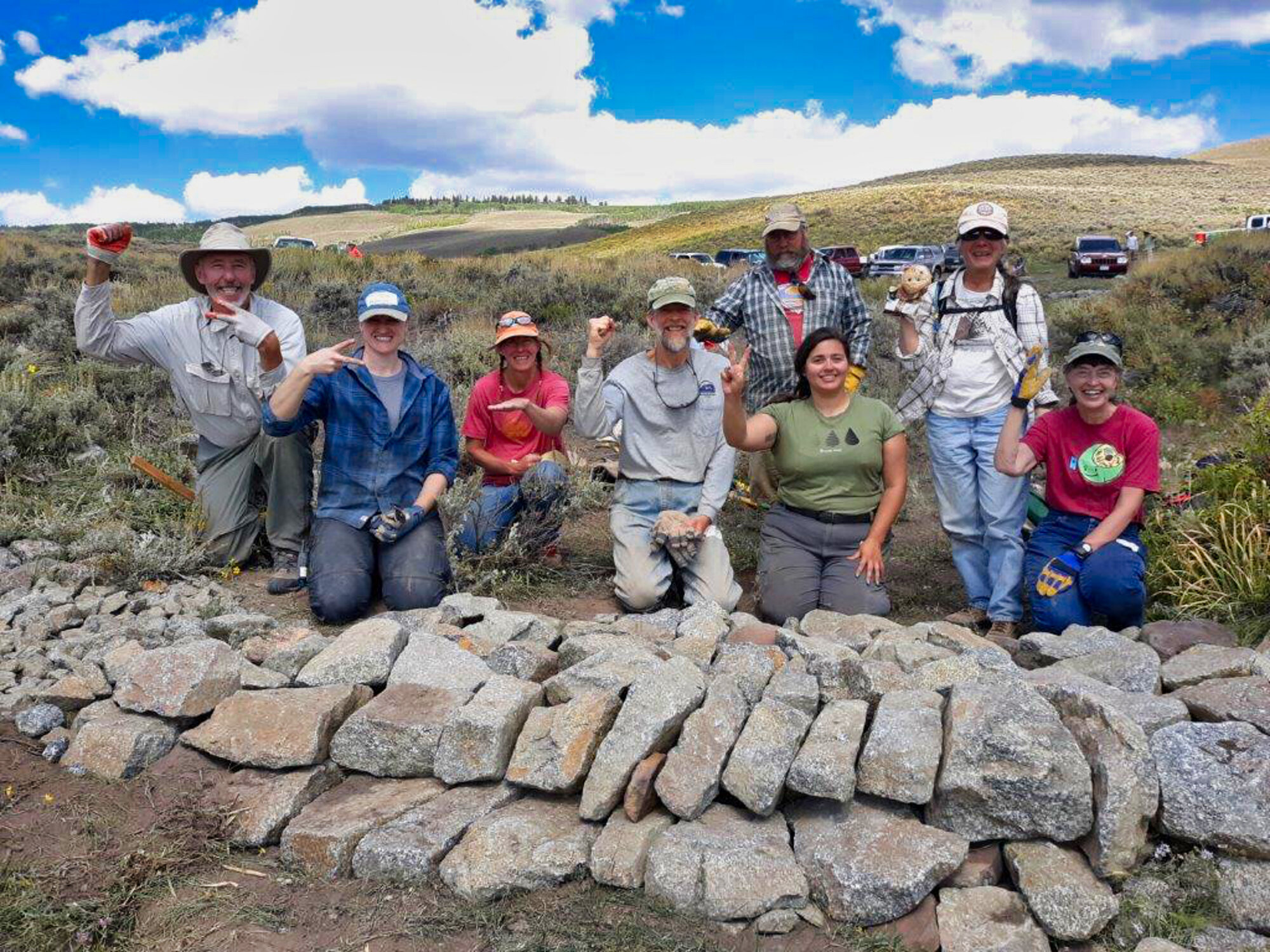
Labor Day Weekend Stewardship Recap
This year's Labor Day weekend, High Country Conservation Advocates (HCCA) partnered with Wildlands Restoration Volunteers, the Bureau of Land Management, the US Forest Service, Colorado Parks and Wildlife, and the Upper Gunnison River Water Conservancy District to restore riparian and wet meadow habitats in sagebrush shrublands, strengthening the resiliency of our local environment.
